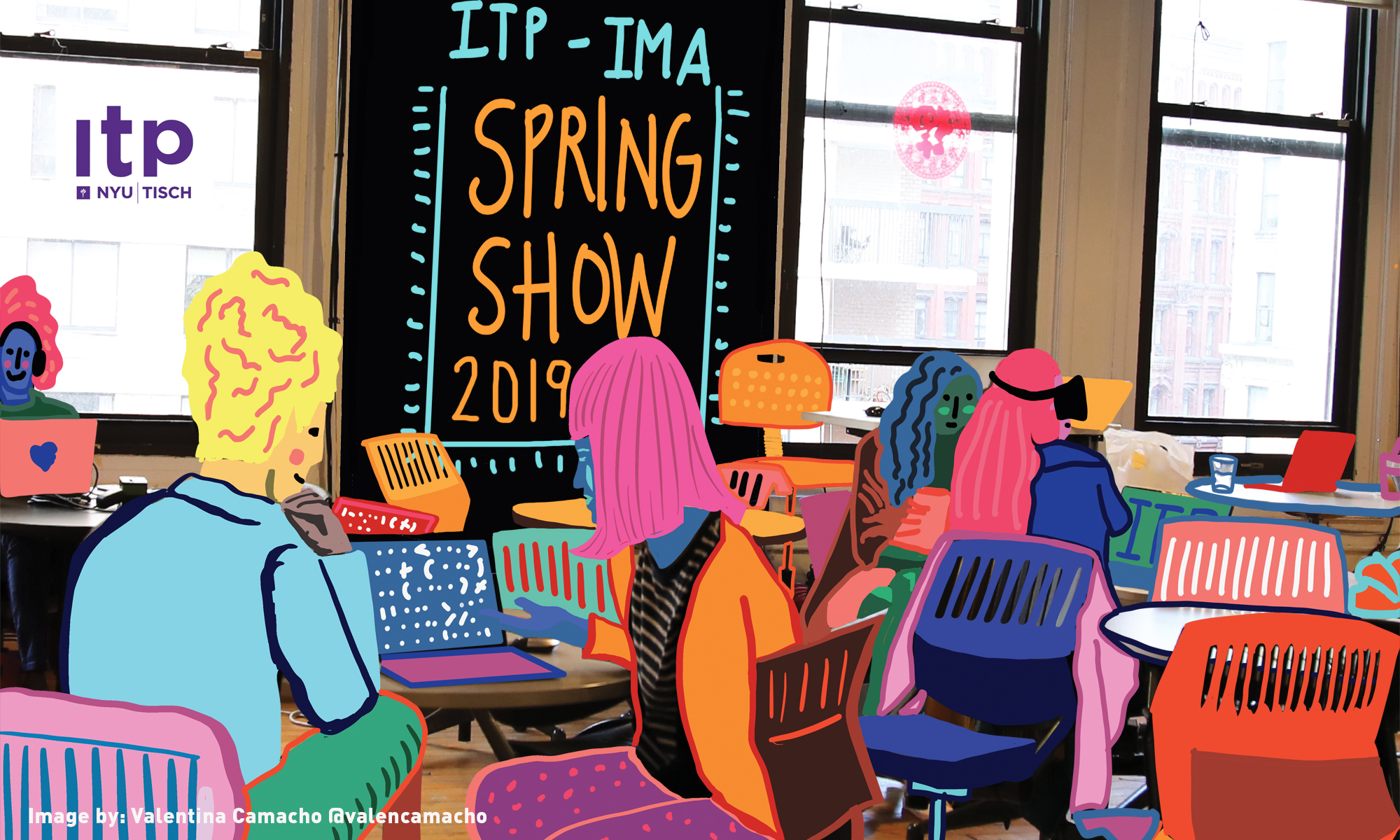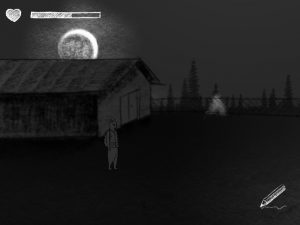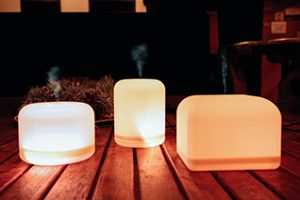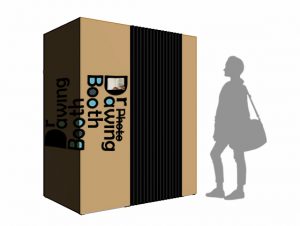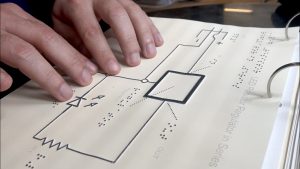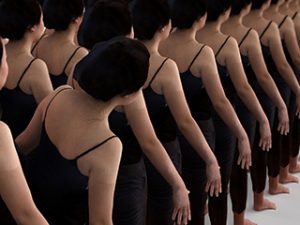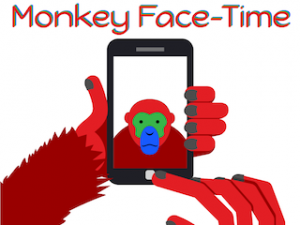Jesse Simpson
LIME is a patchable device that provides the user with a platform for using light as a control medium for musical expression. Through a combination of lighting, sensors, fiber optic patch cables, and processing units, the system allows the user to design cable flows which generate and modulate light patterns before translating the patterned light into musical events interpreted by computer-based virtual instruments and effects.
https://www.jesse-simpson.com/LIME
Description
Over the past 80 years, electronics, especially computers, have had a massive impact upon the ways that music is created. In more recent years, technologies have introduced incredible new capabilities, however, these have often come at the cost of increased complexity and a growing level of abstraction between the sounds that are made and the signals used to create them. This phenomena has created some disconnect between performers and the audience as the connection between gestures on stage and the sounds that are heard become increasingly dissociated. A prime example of this can be seen in modular synthesizers where even the player can become confused by the intricate, yet abstract, programming of the instruments, especially on-stage.
But, what if audio signals could be made visible while they’re communicating? Could patch cables that expose the underlying signal patterns improve one’s comprehension of their compositions or, perhaps, enhance the experience of composing as well as viewing? LIME is a response to these questions by offering a semi-modular system for using light as a control medium in musical expression. Where modular synthesizers generate and modulate raw audio, LIME operates in the computer space utilizing the MIDI protocol. Through a combination of lighting, sensors, fiber optic patch cables, and processing units, the system allows the user to design signal flows made of light patterns which are then translated into sound. The patch cables provide real-time views into the signal flows as they pass between different modules. The pulsing and breathing light visualizes the signal flow in a physical form. As a composer or performer, this visual component is useful in that it allows for quickly understanding how a signal is affected by different modules and how it fits into a larger musical piece. Another benefit comes in the form of reduced error and easier troubleshooting. While computer software allows for internal signal routing, it can quickly lead to extremely complex scenarios with confusion abound. The physical interaction of ‘patching’ from point to point provides a more tangible understanding of the connections as they are formed. Unfortunately, as patches grow, they too can become a chaotic mess of wires with little ability to quickly discern the meaning of individual connections. With LIME, signal generators, processors, and inputs are combinable to compose sounds and rhythms while simultaneously providing the path taken to achieve them, visually.
Classes
Thesis
